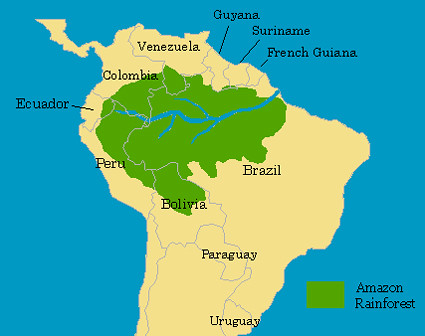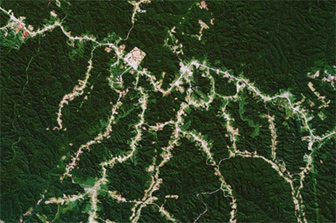Q. Weng's study: "A remote sensing-GIS evaluation of urban expansion and its impact on surface temperature in the Zhujiang Delta, China" is fairly straightforward in its title, combining the use of remote sensing and GIS to determine how urban development has progressed and how it has changed surface temperatures in this delta region.
Zhujiang
Delta is the third largest river delta in China, this study focuses on the
central area of the region in the “cities/counties: Guangzhou, Panyu, Sanshui,
Nanhai, Foshan, Shunde, Jiangmen, Zhongshan, Zhuhai, Xinhui, Doumen, Zengcheng,
Dongguan, Baoan and Shenxhen” (Weng, 2000). The Delta has an average temperature of
21-23 degrees Celsius, and has fertile sediment deposits as well as 1600 – 2600
mm of rain a year, making it one of the most agriculturally production regions
of China. It also holds some of China’s biggest cities such as Hong Kong and
Macao and has seen much development that has changed its land use and land
cover. This study uses GIS to analyze such changes and their “impact on surface
temperature” (Weng, 2000).
Urban expansion
detection and analysis
Land
use/cover patterns were mapped for 1989 and 1997 using Landsat Thematic Mapper
data. The land cover types identified are:
1.
urban or built-up land
2.
barren land
3.
cropland
4.
horticulture farms
5.
dike-pond land
6.
forest
7.
water
land use/cover changes were detected by collaborating
quantitative areal data of gains and loses in each category between 1989 and
1997. Then, layers of city/county boundaries as well as major roads and major
urban centers were overlaid and converted to raster format. 10 buffers of 500m each
were put around one major road, the amount of urban expansion in each buffer
zone was calculated to see the density of expansion in each buffer. These
values were then used to see how distance from a road affects density of
development.
Urbanization
expansion impact analysis
There is a
distinct relationship between land texture and surface temperature, using this
relationship, Weng was able to determine the impact of urban development on
surface temperature in Zhujiang Delta. Weng converted the digital number of the
thermal infrared data into radiant temperatures. Then, corrections were made to
this temperature due to that fact that different land types radiate different
amounts of radiation and light. Land
cover images and the temperatures of the land for each year between 1989 and 1997
were overlaid, allowing Weng to study the relationship between urbanized land
use changes and temperatures.
Results
During the 8-year study period,
the area of urban/built-up land has increased by 47.68% and the area of
horticulture farms has increased by 88.66%. Weng found that “most urban
expansion (66%) can be observed within a distance of 2000m from a major road”
(Weng, 2007), which helps decipher where development might happen in the future
and where temperature increases are most likely to happen.
Of the land
cover types, urban/built-up land is resulted to have the highest surface
radiant temperature. Barren land follows as having the second highest surface
radiant temperature. The lowest temperatures were found in forests, followed by
water bodies, dike-pond land and cropland.
Conclusion
This study
used remote sensing and GIS to evaluate rapid urban expansion and how it
impacted surface temperatures in Zhujiang Delta. The study concluded that urban
development increased between 1989 and 1997 in uneven parts of the delta,
correlating with the placement of major roads. The study also found that urban
development had a direct effect on the environment and raised temperatures by
13.01 K.
The
increase of surface temperature was found to be related to decrease in biomass,
and development (and therefore temperature increase) in one area was shown to
have a direct effect on other areas, such as forests that had not been
developed.
Weng, Q. "A Remote Sensing-GIS Evaluation of Urban Expansion and Its Impact on Surface Temperature in the Zhujiang Delta, China." International Journal of Remote Sensing 22.10 (2001): 1999-2014. Print.















